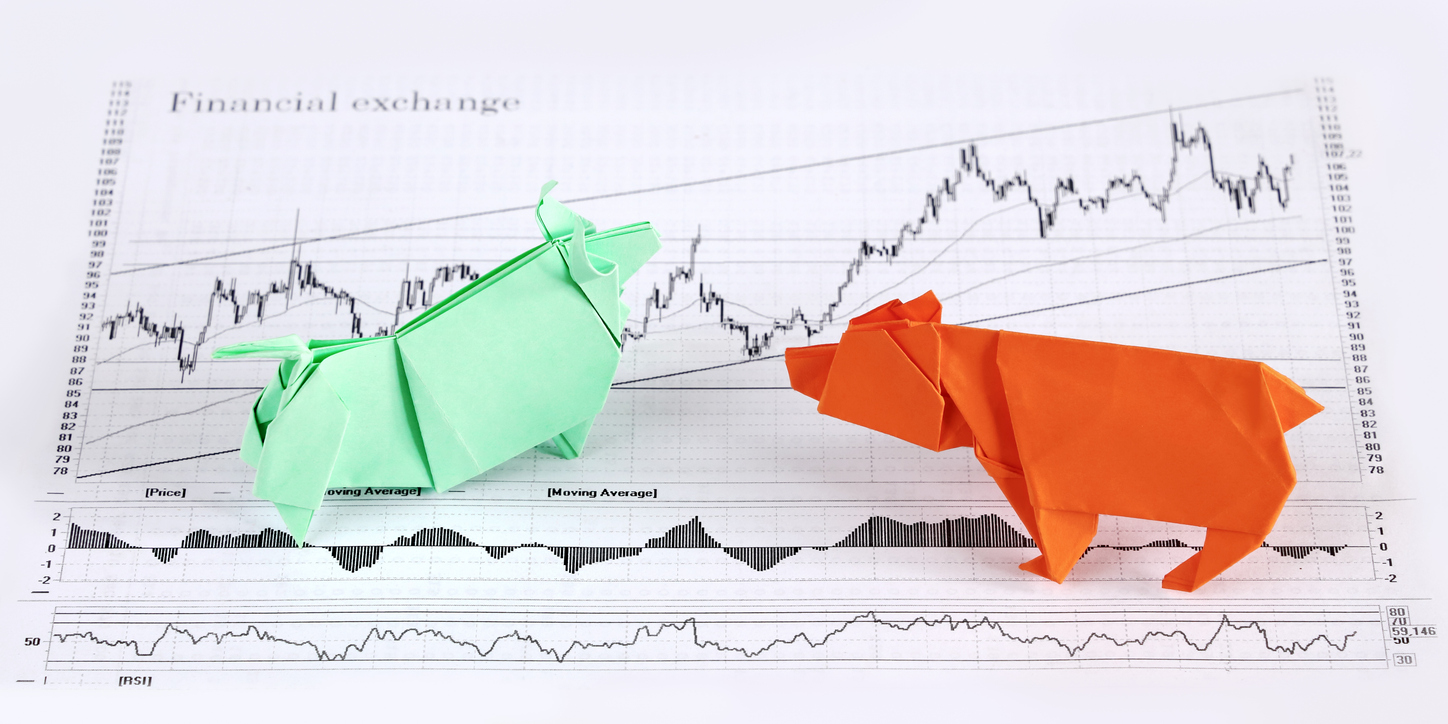The VIX index became a key focus of market attention in early August as it spiked to over 60, sparking fears of a recession and a bear market.
What is the VIX Index?
The VIX, or Volatility Index, is a real-time market index that represents the market's expectations for volatility over the coming 30 days. It is derived from the prices of S&P 500 index options, which are financial derivatives that allow investors to speculate on or hedge against changes in the price of the S&P 500.
The VIX is calculated by the Chicago Board Options Exchange (CBOE), and it has become one of the most widely recognized measures of market risk. The VIX is expressed as a percentage and typically in a range between 15 and 30.
“Volatility of returns are typically negatively correlated” notes Ryan Maxwell CEO of FirstRate Data “a low VIX, indicating a low expectation for volatility, is a bullish signal that the market is not expecting large selloffs in the immediate future”.
How is the VIX Calculated?
The VIX is calculated using the prices of a wide range of S&P 500 index options with different strike prices and expiration dates. The formula used by the CBOE takes into account the weighted average of the implied volatilities of these options. Implied volatility is a measure of how much the market expects the price of the S&P 500 to fluctuate in the future.
In simpler terms, the VIX captures the collective sentiment of options traders. When traders anticipate significant price swings in the S&P 500, the prices of options—and thus the VIX—tend to rise. Conversely, when traders expect a calm, stable market, the VIX tends to fall.
What Does the VIX Indicate?
The VIX is often interpreted as a measure of fear or uncertainty in the market:
- Low VIX (below 20): A low VIX suggests that investors expect the market to remain stable and relatively calm. This is often associated with a bullish equity market, where prices are rising steadily.
- Moderate VIX (20-30): A moderate VIX level indicates a mix of optimism and caution among investors. There may be some concerns about potential market turbulence, but no overwhelming fear.
- High VIX (above 30): A high VIX level signals that investors are expecting significant volatility and potential market declines. A high VIX environment is usually associated with a strengthening US Dollar (especially versus emerging market currencies) and a selloff in high beta equities such as tech stocks.
Implications for Investors
Understanding the VIX and its implications can be valuable for investors in several ways:
- Risk Management: The VIX can serve as a barometer for market risk. Investors can use the VIX to gauge whether it’s a good time to be aggressive or conservative with their investment strategies. A high VIX might suggest the need for caution and potentially increasing allocations to safer assets like bonds or cash. Conversely, a low VIX could indicate a more favourable environment for taking on risk.
- Timing the Market: Some investors use the VIX to time their entry and exit points in the market. For instance, a spike in the VIX could suggest a buying opportunity, as it can indicate that the market is oversold.
- Hedging Strategies: The VIX is also used by professional traders as a tool for hedging. Investors can trade VIX futures, options, or exchange-traded products (ETPs) that track the VIX. These instruments can help hedge against portfolio losses during periods of market volatility.
- Sentiment Analysis: By monitoring changes in the VIX, investors can gain insights into the overall sentiment in the market. A rising VIX might suggest growing concerns among investors, while a declining VIX could indicate increasing confidence.
Limitations of the VIX
While the VIX is a powerful tool, it has its limitations:
- Short-term Focus: The VIX reflects expectations for volatility over the next 30 days, making it more relevant for short-term traders than long-term investors.
- Market Sentiment vs. Reality: The VIX is based on investor sentiment, which can be influenced by emotions and external factors that may not necessarily reflect the actual economic fundamentals.
- Complexity: Trading VIX-related products requires a deep understanding of derivatives and the nuances of the VIX calculation. Missteps can lead to significant losses.














